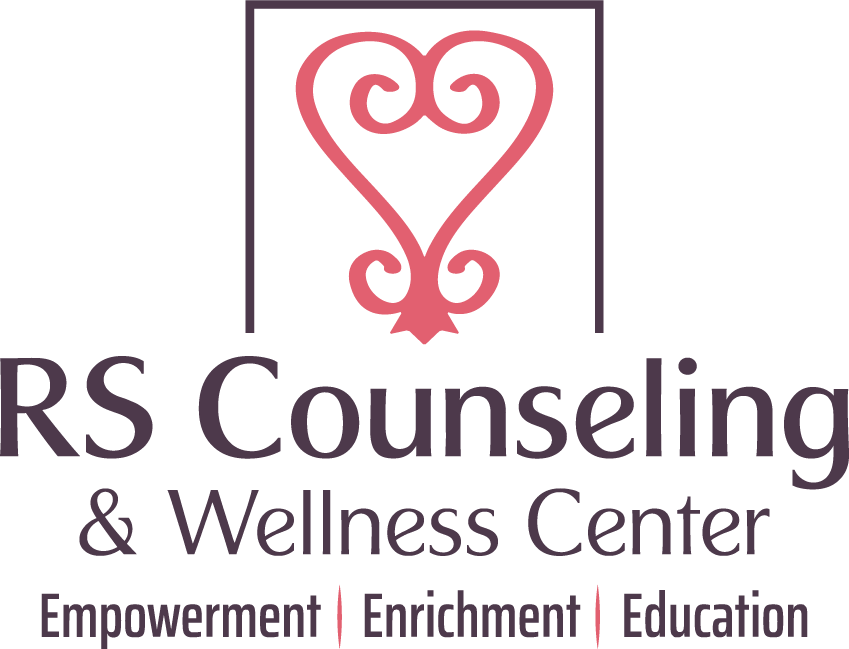Schizophrenia in the Black Community

By: Sharea Farmer, LCSW
Schizophrenia in the Black Community
Schizophrenia in the Black Community
When I first started working in mental health, I must admit, Schizophrenia was the area I had the least experience in. I recall one of my first client’s with schizophrenia, Jack (fictitious name for the purpose of this blog). Jack was a Black man in his late 30s with a college degree; he was an active member in his church and worked at the local grocery store stocking shelves. When I met him the first time I remember thinking, “there is nothing wrong with this guy.” However, that quickly changed once he decided that he no longer needed to take his medication. He went from a fairly calm, well-mannered person to highly agitated and paranoid beyond belief. He began to refuse visitors; his hygiene was no longer a priority, he became convinced his neighbors were stealing from him and eventually lost his job. Shortly after, more symptoms appeared and he was hospitalized until he was once again stable on his medications. I had my first lesson in the reality that schizophrenia is a real disease.
Schizophrenia affects about 1% of the American population; it is a chronic, severe, and disabling brain disorder. The rates of diagnoses are seen as similar amongst all races. (Although this is currently in question and research is showing over diagnosing amongst Blacks. See link at the end of blog for more information)
People with the schizophrenia may have symptoms that could include hearing voices, seeing things that are not there or even believing other people are controlling their thoughts, or plotting to harm them.
How does Schizophrenia Look: (information taken from nimh.nih.gov)
Positive symptoms
Positive symptoms are psychotic behaviors not seen in healthy people. People with positive symptoms often "lose touch" with reality. These symptoms can come and go. Sometimes they are severe and at other times hardly noticeable, depending on whether the individual is receiving treatment. They include the following:
- Hallucinations are things a person sees, hears, smells, or feels that no one else can see, hear, smell, or feel. "Voices" are the most common type of hallucination in schizophrenia.
- Delusions are false beliefs that are not part of the person's culture and do not change. The person believes delusions even after other people prove that the beliefs are not true or logical.
- Thought disorders are unusual or dysfunctional ways of thinking. One form of thought disorder is called "disorganized thinking." This is when a person has trouble organizing his or her thoughts or connecting them logically.
- Movement disorders may appear as agitated body movements. A person with a movement disorder may repeat certain motions over and over. In the other extreme, a person may become catatonic.
Negative symptoms
Negative symptoms are associated with disruptions to normal emotions and behaviors. These symptoms are harder to recognize as part of the disorder and can be mistaken for depression or other conditions. These symptoms include the following:
- "Flat affect" (a person's face does not move or he or she talks in a dull or monotonous voice)
- Lack of pleasure in everyday life
- Lack of ability to begin and sustain planned activities
- Speaking little, even when forced to interact.
Cognitive symptoms
Cognitive symptoms are subtle. Like negative symptoms, cognitive symptoms may be difficult to recognize as part of the disorder. Often, they are detected only when other tests are performed. Cognitive symptoms include the following:
- Poor "executive functioning" (the ability to understand information and use it to make decisions)
- Trouble focusing or paying attention
- Problems with "working memory" (the ability to use information immediately after learning it).
Remember schizophrenia is a life long illness but there is treatment that will help relieve many of the symptoms.
The above facts come from the NIMH(National Institute of Mental Health)

